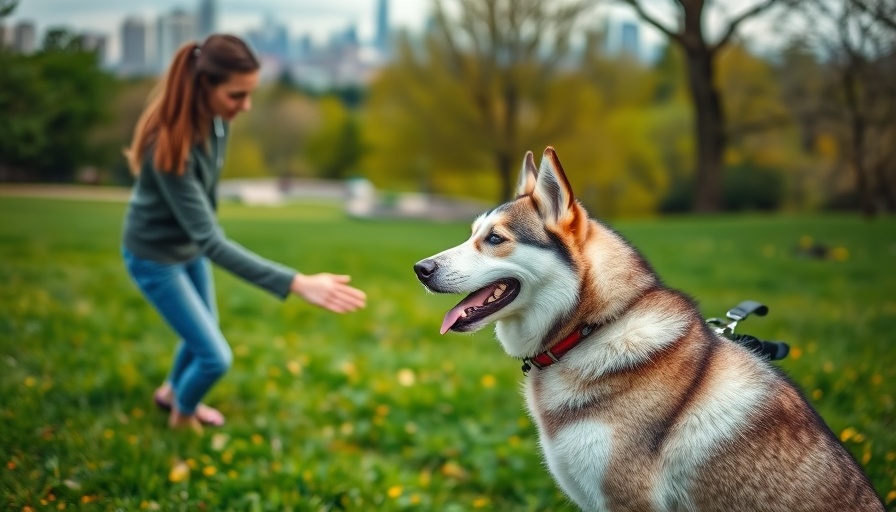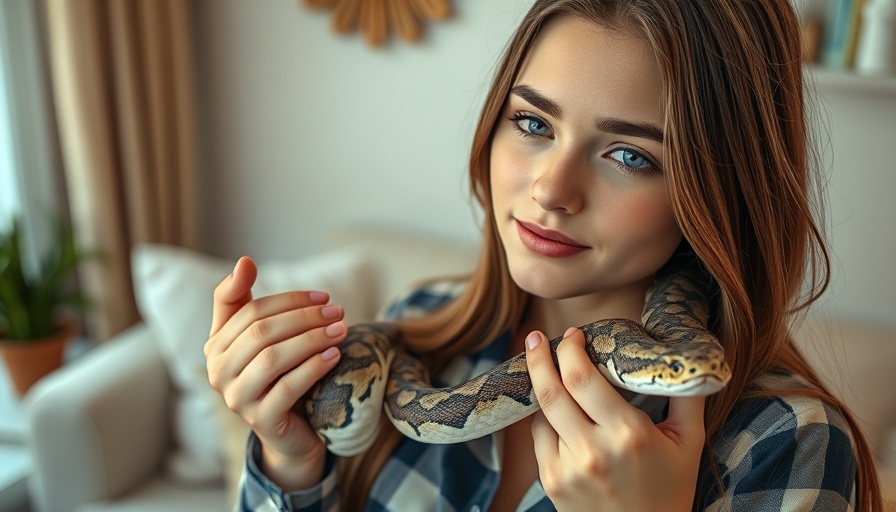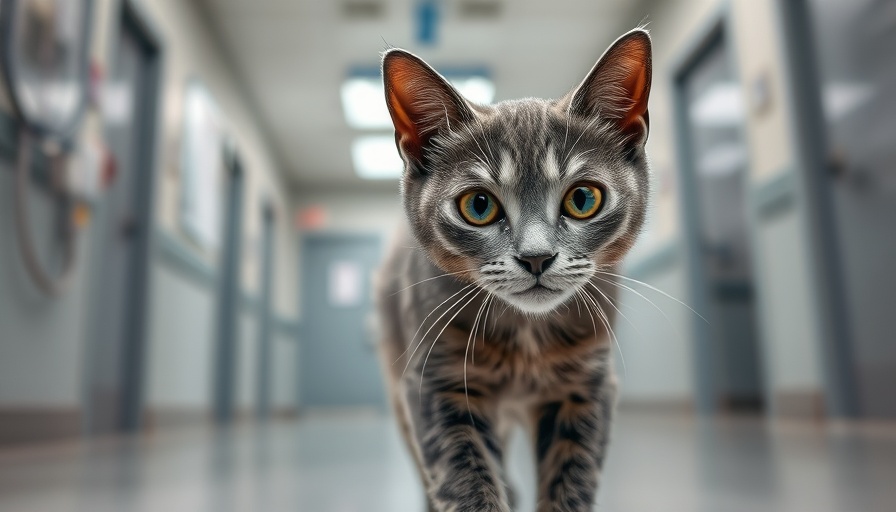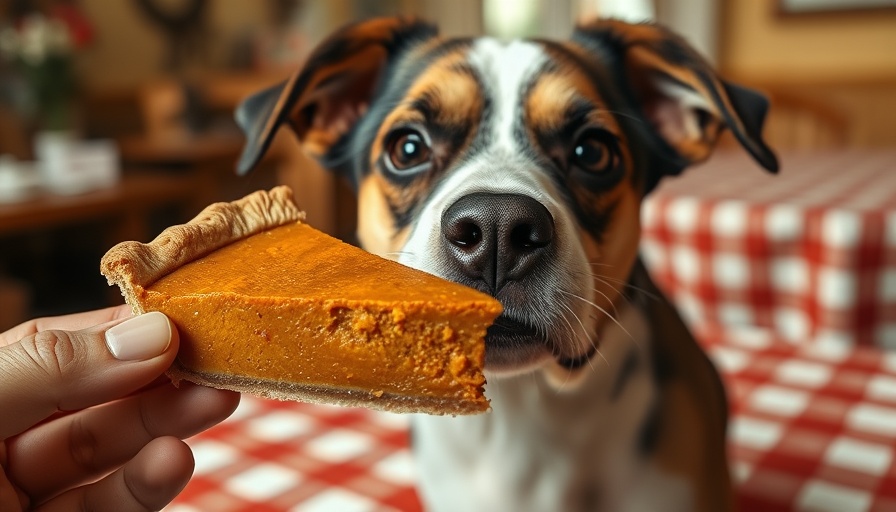
Why Teaching Your Dog to Stay is Crucial for Safety
As devoted pet parents, teaching your dog to stay is not just about having well-behaved pets; it’s a matter of safety. From preventing your dog from darting into traffic to keeping them steady during vet visits, the stay command can save lives.
The Basics of Teaching a Dog to Stay
Before diving into the training, it’s important to create a positive environment. Use small, tasty treats and choose a familiar, quiet space to minimize distractions. Set your dog up for success by incorporating the three “Ds” of stay:
- Distance: Gradually increase the space between you and your dog.
- Duration: Work on how long your dog can maintain the position.
- Distractions: Introduce distractions slowly, ensuring your dog can hold their stay.
Step-by-Step Guide to Mastering Stay
Starting with the distance, ask your dog to sit or lie down. Announce “stay,” then take a small step aside. Return to reward them immediately for success. As your dog becomes comfortable with this, gradually increase the distance you move away.
When your dog can stay reliably from a short distance, it’s time to introduce duration. Start with a few seconds and gradually increase the time between receiving treats. Always praise warmly to reinforce their good behavior!
Rewarding Good Behavior
Positive reinforcement is key! Always have high-value treats handy because rewarding your pet enhances their learning experience. Praise, pet, and cuddle after they successfully hold their position, making them associate the command with happy feelings.
Addressing Distractions in Training
Once your dog is solid in distance and duration, it’s time for the final hurdle: distractions. Begin by practicing in a more dynamic environment—like your backyard with kids playing nearby. Start with minimal distractions and gradually introduce new ones, ensuring your dog remains focused on your command.
Common Challenges and Solutions
It’s normal for dogs to struggle initially, especially with distractions. If your dog breaks the stay too soon, revert to shorter distances or durations until they're ready to handle more. Patience and consistency play whimsical roles in training success!
Encouraging Family Involvement
Involve your family in the training process! Have each member practice the command with your dog, this helps them understand the importance of obedience from different people. Plus, it makes training a fun, family activity!
Conclusion
Teaching your dog to stay is a journey that not only strengthens the bond between you and your pet but also ensures their safety. Ready to embark on this journey? Practice consistently, be patient, and enjoy the process!
Every step you take in this training is one closer to a harmonious, safe relationship with your furry friend. Remember, training should be fun for both you and your dog!
 Add Row
Add Row  Add
Add 




Write A Comment